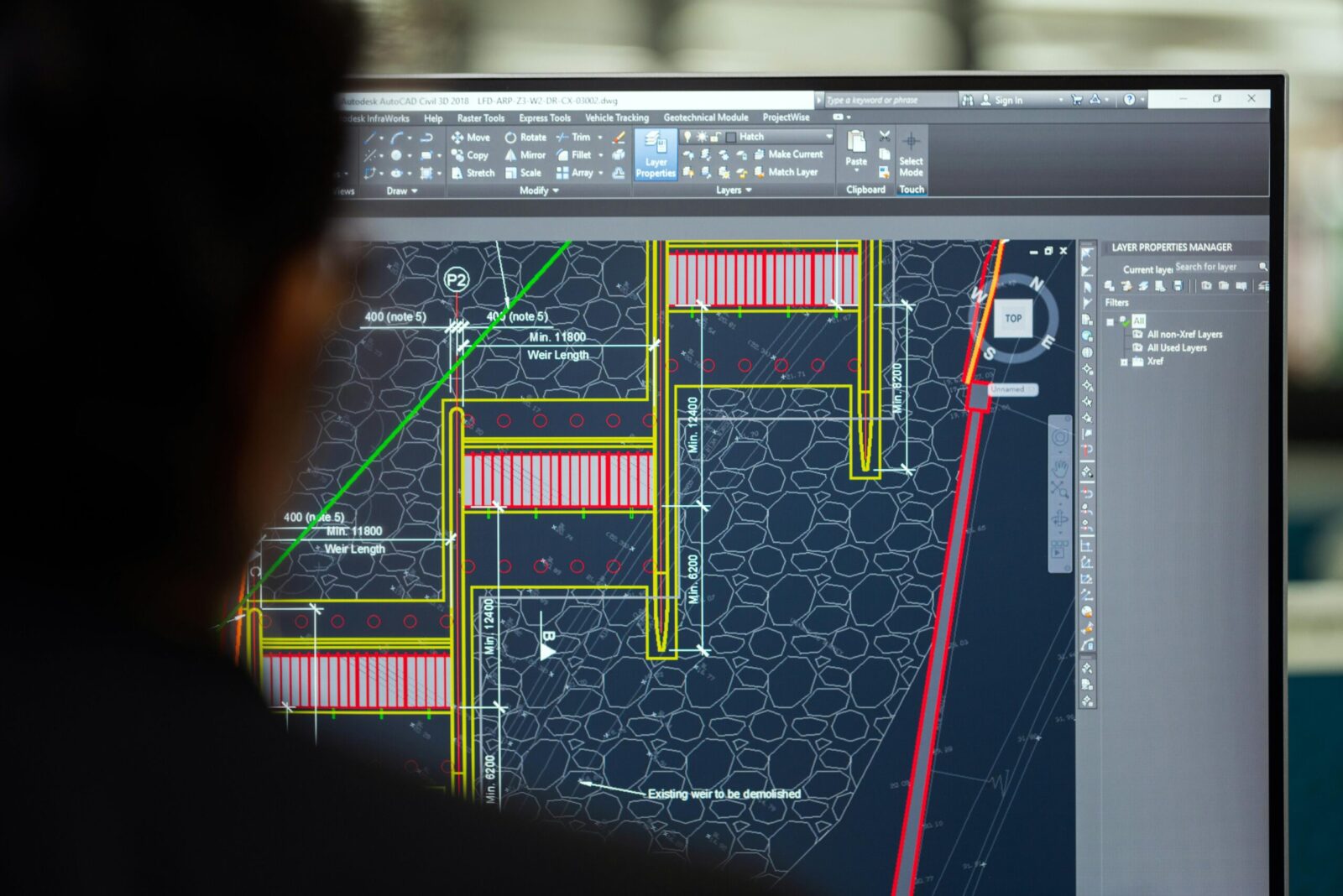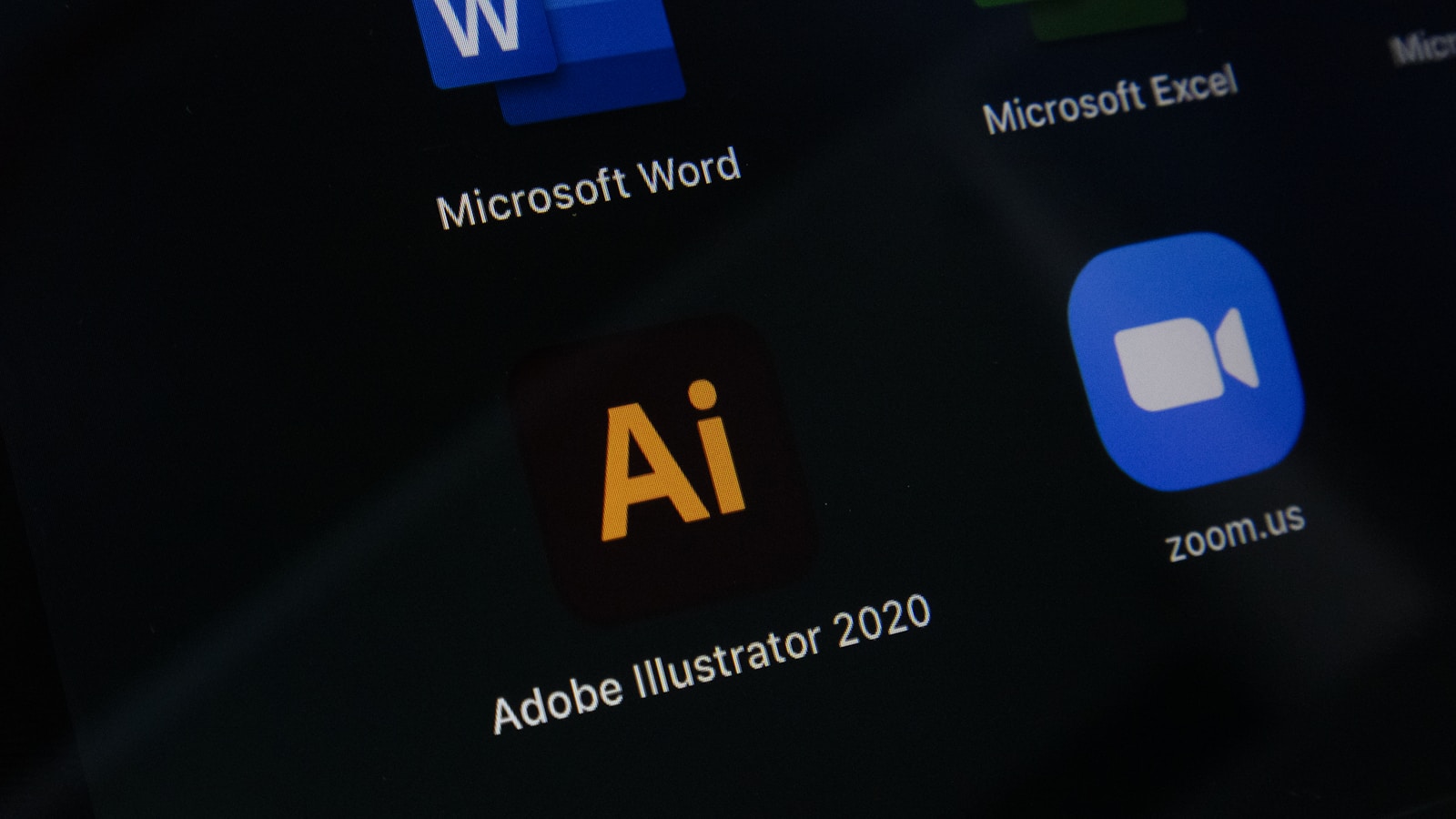Moving platforms is exciting, until we hit the camera roll. If you’re wondering how to transfer all your photos from an Android to an iPhone without losing quality or metadata, we’ve got you. There isn’t just one “right” path: the best method depends on whether we want a set‑and‑forget cloud workflow, a one‑time local copy, or a clean, guided move during setup. Below, we break down four reliable approaches, with pro tips to keep originals intact, avoid duplicates, and land with everything organized on day one.
Before You Start: Prep, Storage, And Settings
A little prep prevents long nights staring at progress bars.
- Update both devices. On Android, update Google Play Services and the Google Photos app (if you’ll use it). On the iPhone, make sure it’s on the latest iOS.
- Charge and use stable Wi‑Fi. For wireless transfers (Move to iOS, iCloud, Google Photos), plug both devices in and use a reliable, fast network. Large libraries, think 20,000+ items, can take hours.
- Check storage headroom. iCloud Photos needs enough iCloud space for full‑quality uploads (5 GB free won’t cut it for most of us). iCloud+ tiers include 50 GB, 200 GB, 2 TB, and larger 6 TB/12 TB plans if needed. Google Photos counts against Google One storage. Temporarily upgrading for the migration is totally normal.
- Decide your destination. Do we want all photos living in Apple’s Photos/iCloud Photos, do we prefer to keep Google Photos, or do we want an offline, manual copy?
- Understand formats and metadata. iPhone reads JPEG, HEIC/HEIF, PNG, and common video codecs including H.264/HEVC. EXIF “date taken” is preserved if we copy originals (cloud re-uploads sometimes change “date added,” which is different). Android “Motion Photos” usually become a still: they don’t turn into Live Photos on iOS.
- Back up first. Keep the Android library backed up (Google Photos or a full local copy) so we can safely retry any method if needed.
Method 1: Use Move To iOS During Setup
Apple’s Move to iOS app is the most straightforward for a brand‑new iPhone. It happens during setup and pulls camera photos and videos directly from Android.
Pros: Guided, no computer required. Cons: Only during initial setup: not always perfect with non‑camera folders.
Step-By-Step Transfer
Step-By-Step Transfer
- Start on the iPhone. Power it on, proceed until you see “Apps & Data,” then tap “Move Data from Android.” A six‑ or ten‑digit code appears.
- On Android, install Move to iOS from Google Play. Open it, grant permissions (Photos, Media, etc.), and keep Wi‑Fi on. If your Android has “Smart Network Switch/Adaptive Connectivity,” disable it so it doesn’t drop the temporary Wi‑Fi.
- Join the iPhone’s temporary network. Enter the code shown on the iPhone. Choose what to move, select Photos (and Videos if you want everything in one go).
- Keep both devices unlocked, plugged in, and near each other. Don’t switch apps on Android until the transfer finishes.
- Finish iPhone setup. Open Photos and let it index. If you plan to use iCloud Photos, enable it now in Settings > [your name] > iCloud > Photos.
Notes: Move to iOS typically pulls camera roll/DCIM content. If you keep media in app‑specific folders (WhatsApp, Instagram, Screenshots, Downloads), review afterward and manually copy any stragglers. If the transfer fails repeatedly, you can retry, but only by erasing the iPhone (Settings > General > Transfer or Reset iPhone > Erase All Content and Settings) and running setup again.
Method 2: Migrate To iCloud Photos At Full Quality
If we want everything living natively in Apple’s Photos ecosystem, synced across Mac, iPad, and iPhone, this is the most robust path. We consolidate originals on a computer, then let iCloud Photos handle the heavy lifting.
Pros: Preserves originals and EXIF, great long‑term setup. Cons: Requires a Mac/PC and time for uploads.
Key tip: iCloud Photos mirrors your library exactly. Make sure we’re uploading the best, deduplicated version of our archive before sync runs wild.
Upload Via iCloud And Enable On iPhone
Upload Via iCloud And Enable On iPhone
Option A: Using a Mac
- Connect Android via USB. Use Android File Transfer or OpenMTP to copy DCIM plus any other photo folders (Screenshots, WhatsApp, etc.) to a folder on the Mac.
- Import into the Photos app. Photos preserves EXIF “date taken,” lens/camera data, and video codecs.
- Turn on iCloud Photos in Photos > Settings > iCloud. Give the Mac time to upload everything.
- On iPhone, go to Settings > [your name] > iCloud > Photos and enable iCloud Photos. Choose Optimize iPhone Storage if your library exceeds local space.
Option B: Using Windows
- Connect Android and copy your photo folders to the PC (MTP mode). Keep the original file structure if possible.
- Install iCloud for Windows and enable iCloud Photos. Place images into the iCloud Photos Uploads folder or upload via iCloud.com in a desktop browser.
- On iPhone, enable iCloud Photos, and let the library download/appear.
Tip: If we’re moving from Google Photos, consider Google Takeout for a full‑quality export (Original quality). Be aware Takeout emits JSON sidecars for captions/edits: not all metadata maps 1:1 into Apple Photos.
Method 3: Keep Or Consolidate With Google Photos
Staying with Google Photos is perfectly valid. The iOS Google Photos app is excellent, with smart search and sharing.
- Keep using Google Photos: Install it on iPhone, sign in, and your library appears. Turn on Backup if you want new iPhone shots to continue syncing to Google (choose Original for full quality or Storage saver to save space).
- Pull some into Apple Photos as needed: From Google Photos, save specific items to your Camera Roll for editing or offline use. For a full migration into iCloud Photos, export via Google Takeout, then import to Apple Photos as noted above.
Trade‑offs: iOS‑native features like Memories, People, and Spotlight integration work best with Apple Photos. Google Photos is outstanding at cross‑platform access and shared libraries.
Method 4: Manual USB Transfer Via Computer
Prefer maximum control and speed without cloud limits? A local, manual transfer works great for very large libraries.
On a Mac
- Copy from Android: Connect via USB and use Android File Transfer or OpenMTP. Grab DCIM plus other relevant folders (Screenshots, Downloads, social/chat apps). Copy to a staging folder on the Mac.
- Choose your destination:
- iCloud route: Import that folder into the Photos app and let iCloud Photos sync to the iPhone.
- Direct cable sync (no iCloud): With iCloud Photos OFF on the iPhone, connect the iPhone to the Mac, open Finder, select the device > Photos, and sync selected folders/albums. These show on iPhone as “From My Mac.”
On Windows
- Copy from Android over MTP to a local folder.
- Choose your destination:
- iCloud route: Install iCloud for Windows and drop the photos into the iCloud Photos Uploads folder (or use iCloud.com). Then enable iCloud Photos on iPhone.
- Direct cable sync (no iCloud): Use iTunes (or Apple Devices app on Windows 11) to sync photos from a chosen folder to the iPhone. Make sure iCloud Photos is OFF on the iPhone: cable sync and iCloud Photos don’t mix.
Pros: Fast, offline, preserves originals. Cons: More manual steps, and you must watch for duplicates if you merge from multiple folders.
Troubleshooting And Post-Migration Checklist
If Move to iOS stalls or fails
- Keep both devices awake and plugged in. Turn off Android’s “Smart Network Switch/Adaptive Connectivity.” Temporarily disable cellular on iPhone. If it still fails, reboot both and try again, or pivot to the iCloud/manual method.
If iCloud Photos won’t finish uploading
- On Mac, keep Photos open and the Mac awake (prevent sleep). Check Photos > Settings > iCloud and confirm “Sync this Mac.” On Windows, update iCloud for Windows and verify the Uploads folder is correct. Big videos can bottleneck: let it run overnight.
If counts don’t match
- Some folders (e.g., app media) aren’t in DCIM. Manually copy WhatsApp/Telegram/Downloads/Screenshots. Use the Duplicates album in iOS Photos (iOS 16+) to merge dupes after syncing.
If metadata looks off
- EXIF “date taken” should stick with original files. If upload tools changed file timestamps, that’s normal: the Photos app files by EXIF date, not copy date.
Post‑migration checklist
- Verify totals by year and a few spot‑check albums.
- Enable iCloud Photos on iPhone and choose Optimize iPhone Storage if space is tight.
- Review Camera > Formats on iPhone (High Efficiency for HEIF/HEVC or Most Compatible for JPEG/H.264).
- Set up a Shared Library (Settings > Photos) if you and a partner want one home for family photos.
- Turn off Android/Google Photos backup for old device to avoid future duplicates.
- Keep the Android in a drawer for a week before wiping, just in case you missed a folder.
Conclusion
There’s no single best way to move, only the best way for us. If we’re starting fresh, Move to iOS is the quickest. If we want Apple’s Photos as our long‑term home at full quality, consolidate on a Mac/PC and let iCloud Photos take it from there. If we love Google Photos, keep it on iPhone and call it a day. And when we need full control, a manual USB transfer is rock‑solid. Take the extra hour to prep and verify, future us will thank us every time we open the Photos app.



